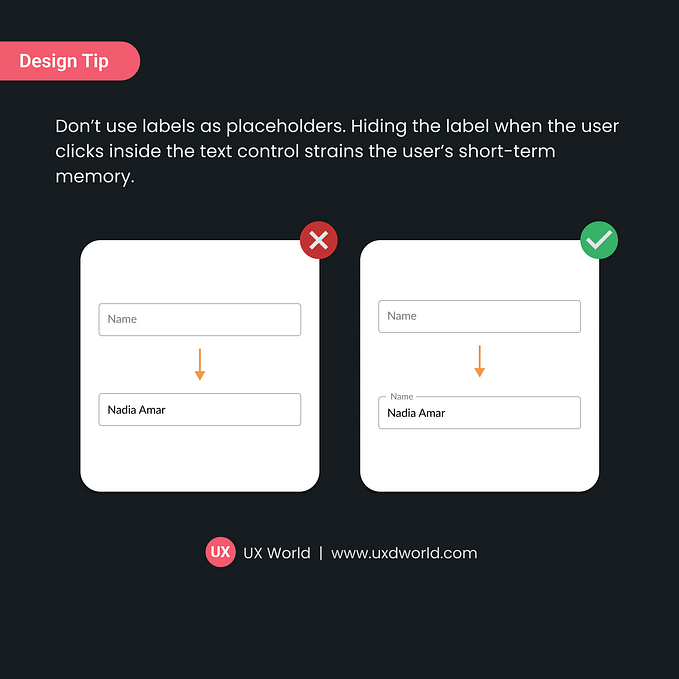Member-only story
Understanding priority (or the next step to go from UX to Product Design)
Why your UX suggestions might be getting ignored.

Everything around this past year has signaled that UX needs to change (and upskill). One path that still seems available is to become a Product Designer.
Last week, you learned about the first step in the journey: understanding value. This week, you’ll learn the next step: understanding how teams prioritize work.
For many UX Designers, priority is based solely on usability. A high-priority issue is when the user encounters a usability issue that derails progress, like a 5-step checkout process in modals.
In reality, teams sometimes prioritize less severe usability issues for several factors, like Reach.
Here’s why that happens.
Limited resources and the importance of communication
“The decision about whether to fix a design flaw should certainly consider how much use it’ll get: it might not be worth the effort to improve a feature that has few users” — Jakob Nielsen, N/Ng
On some level, we know that our team doesn’t have all the resources in the world, yet we don’t think like that when we recommend things.
In many ways, each recommendation is a little island. If we find ten usability issues, we present each issue without considering prioritization.
Designers will say, “Here are 10 usability issues, and these 3 we’ve rated critical priority.”
But they won’t say, “Here are the top 3 usability issues that I think we need to prioritize.”
The major difference, which causes a lot of friction, is that the first option ‘informs’ our team (i.e., provides all this information to process), while the second option ‘communicates’ with our team.

Some might say, “Well, this isn’t my decision to make, it’s my team’s.” You’re only partially correct with that.









